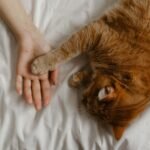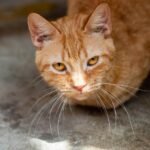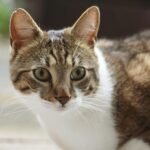Lions, tigers, leopards, and jaguars are renowned for their majestic roars that can be heard from miles away. Meanwhile, big cats like cheetahs and cougars purr instead of roaring. What is it that determines whether a big cat can roar or not? The answer lies in the complex anatomy of these magnificent creatures. Understanding the science behind this fascinating phenomenon not only quenches our curiosity but also gives us a deeper appreciation for these awe-inspiring animals.
Understanding Vocal Anatomy
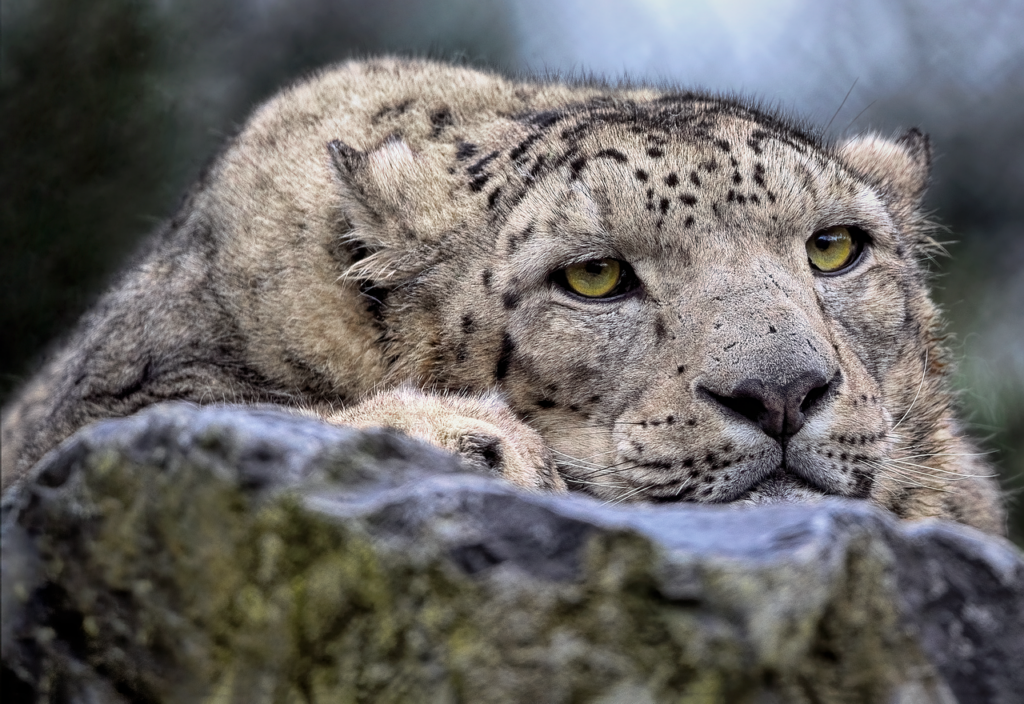
The differences in roaring ability among big cats primarily stem from their vocal anatomy, particularly the structure of their larynx. The larynx, commonly known as the voice box, houses the vocal cords. In roaring cats, the vocal cords are longer and have a different shape compared to those that cannot roar. This anatomical distinction plays a crucial role in a big cat’s vocal capabilities.
The Role of the Hyoid Bone
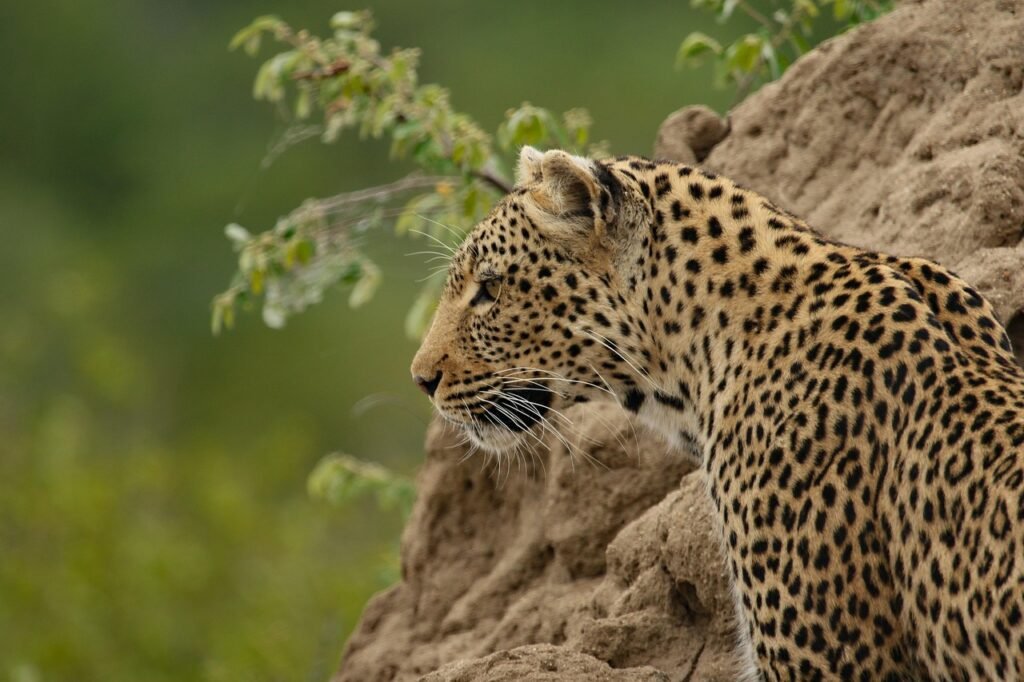
The flexibility of the hyoid bone is another essential factor that contributes to a big cat’s ability to roar. In roaring big cats, the hyoid bone is only partially ossified, which means it remains more flexible. This flexibility allows the larynx to produce deep, resonant roars. In contrast, non-roaring cats have a fully ossified hyoid bone, leading to a firmer structure that supports purring sounds instead.
Elastic Ligaments: Key to Roaring

An additional anatomical feature found in roaring cats is the presence of large, elastic ligaments. These ligaments enable the stretching and contraction required to produce the distinctive roar. When air passes through the larynx, these large ligaments vibrate at a lower frequency, generating the thunderous sound of a roar. Non-roaring cats, lacking these elastic ligaments, produce higher frequency sounds like purring.
The Influence of Size and Frequency
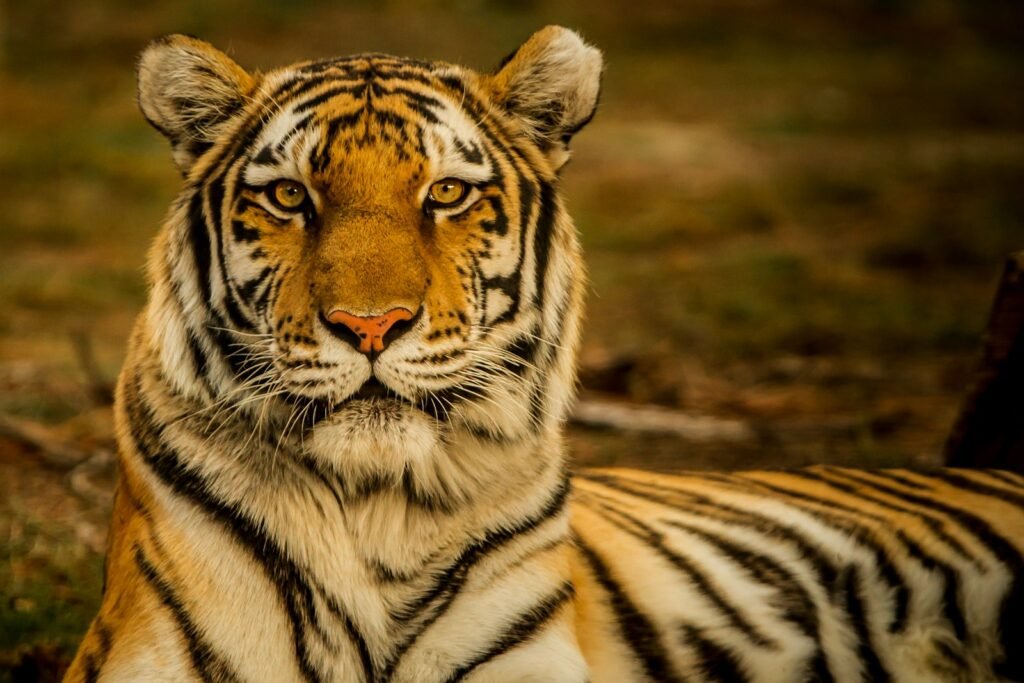
The size of the animal also influences the sound it can produce. Larger animals, such as lions and tigers, inherently have larger voice boxes and longer vocal cords, which produce lower frequency sounds. These sounds can travel longer distances, aiding in communication for territory establishment and signaling social status within pride or pack dynamics.
Behavioral Functions of Roaring
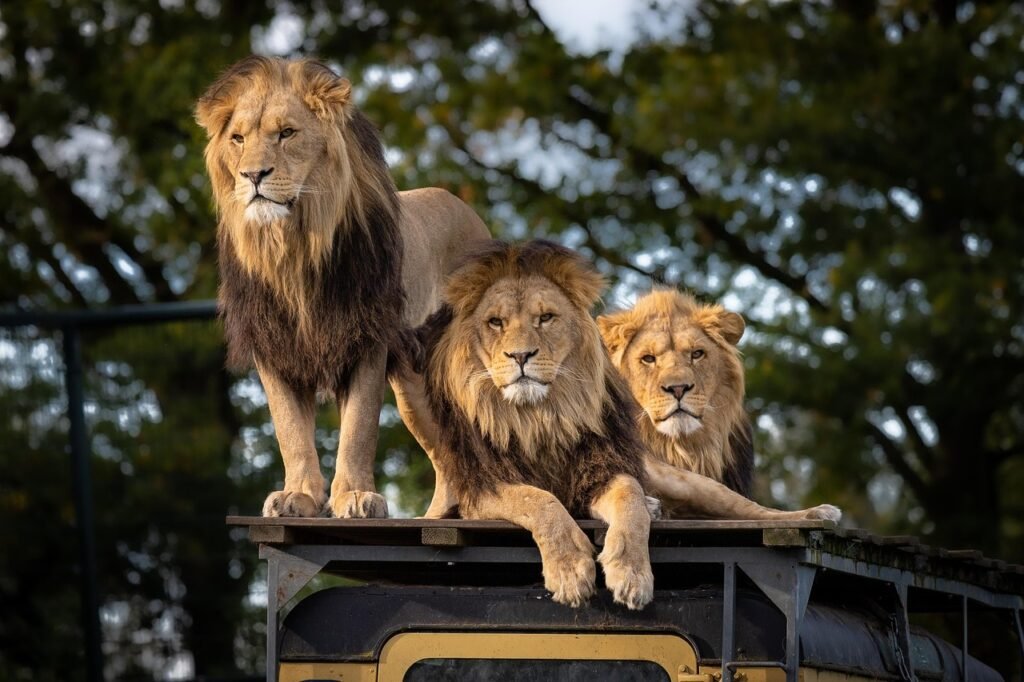
Roaring serves several vital functions within the animal kingdom. For instance, it helps roaring big cats establish territory and ward off potential rivals. A lion’s roar can be heard over a distance of up to five miles, signifying dominance and control over its domain. Additionally, roaring can help locate other members of the pride, facilitating social cohesion.
Purring as a Communication Tool
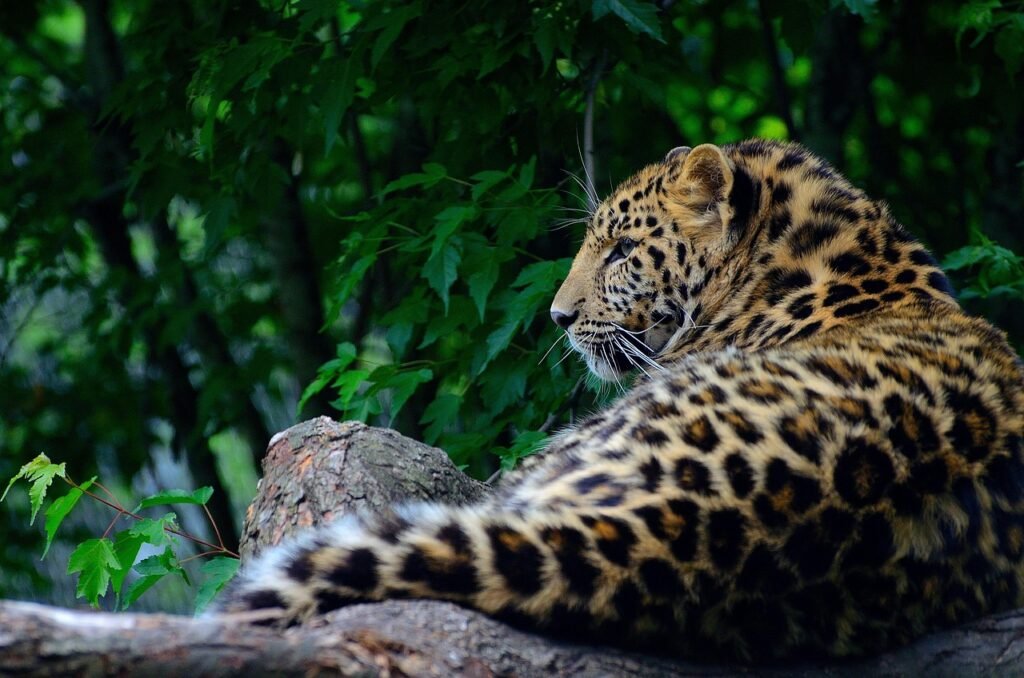
On the other hand, non-roaring cats such as cheetahs, pumas, and domestic cats use purring as a communication tool. Purring operates at a frequency that has been associated with promoting healing properties, reducing stress, and signaling contentment. It is a versatile communication method that can express a range of emotions from happiness to self-healing.
Evolutionary Perspective
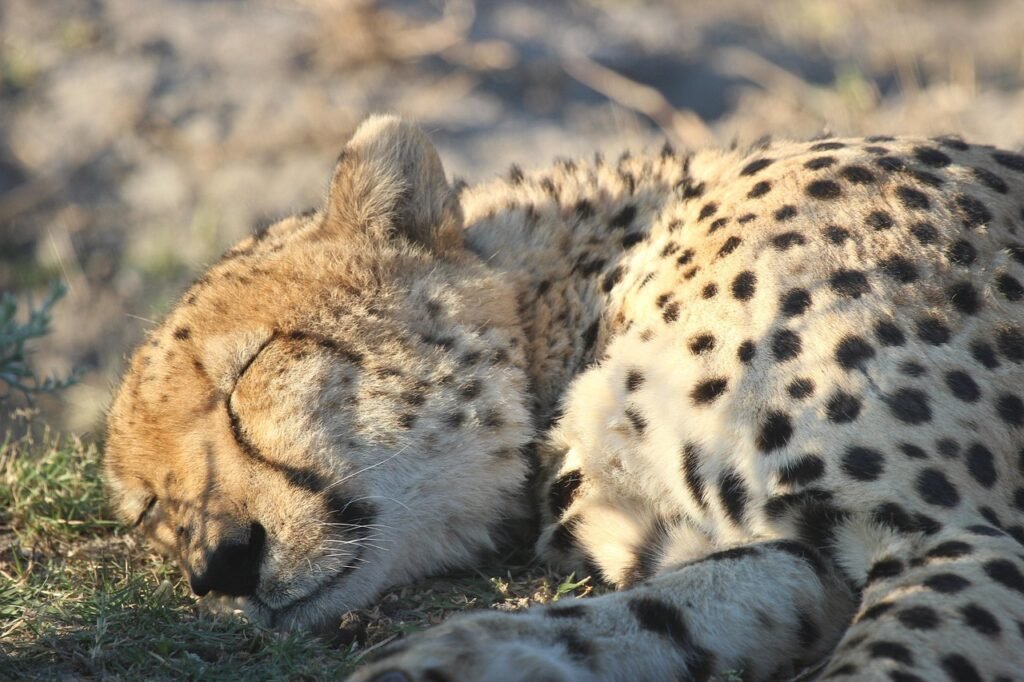
The ability to roar or purr evolved to meet specific ecological niches and social structures. Cats that roar typically live in environments where long-distance communication is advantageous, such as open savannas or dense forests. Meanwhile, cats that purr tend to be solitary and benefit from quiet, close-range communication.
Vocalization and Social Structures
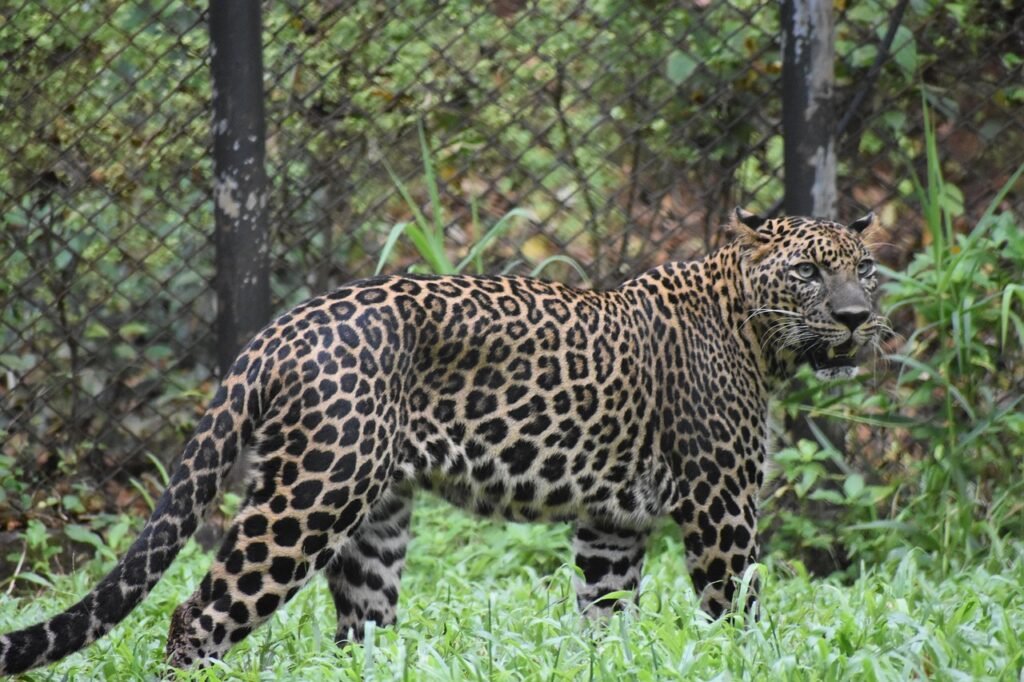
Social structures of big cats may also influence vocal capabilities. Lions are unique among big cats because they are highly social and live in prides. Their vocalization is crucial for maintaining group cohesion. In contrast, solitary cats like leopards have less need for long-distance vocal communication.
Human Interaction with Captive Cats
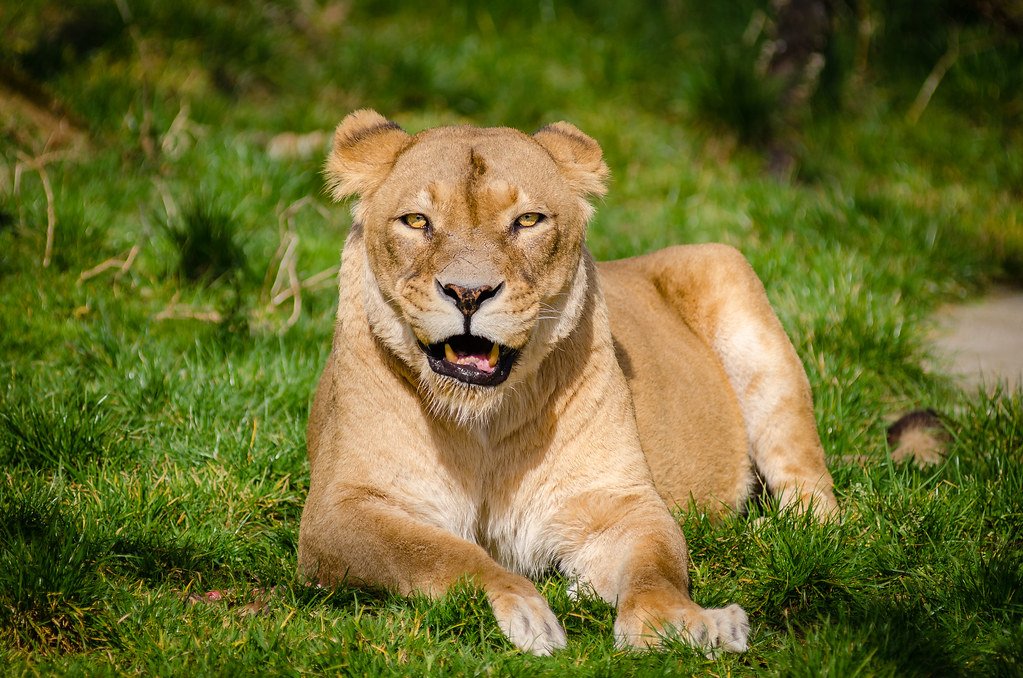
Understanding the vocal capabilities of big cats also impacts how humans interact with them in captive environments such as zoos and sanctuaries. By acknowledging their need for vocal expression, caretakers can better manage these animals’ welfare, ensuring their needs are met in as natural an environment as possible.
Conservation Implications
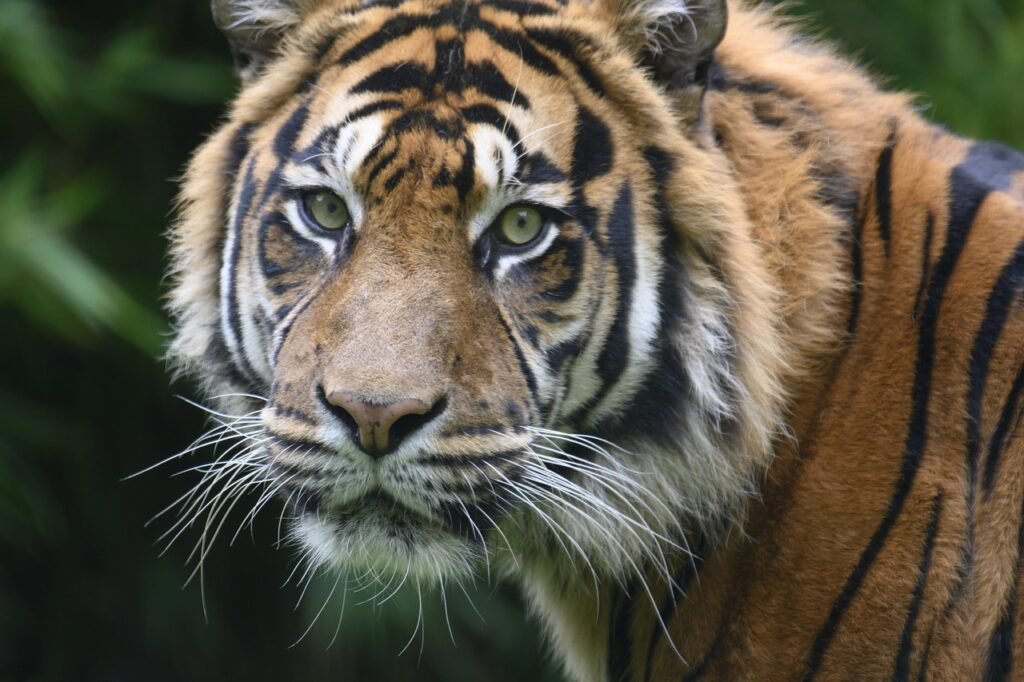
The conservation of these magnificent creatures also depends on understanding their vocal communication. Conservationists can utilize vocalization studies to monitor and map populations, aiding in efforts to protect these animals in their natural habitats from threats like habitat loss, poaching, and climate change.
Conclusion
The ability or inability of big cats to roar is a brilliant example of how anatomy and behavior evolve uniquely within each species. From the flexibility of the hyoid bone to the size of the vocal cords and beyond, each feature plays its part in the magnificent symphony of sounds that these animals use to communicate with the world. Whether it’s the reverberating roar of a lion asserting dominance on the African plains or the gentle purr of a cheetah calmly signaling contentment, each vocalization serves a purpose essential for the survival and social interactions of these extraordinary animals.
Hi, I’m Bola, a passionate writer and creative strategist with a knack for crafting compelling content that educates, inspires, and connects. Over the years, I’ve honed my skills across various writing fields, including content creation, copywriting, online course development, and video scriptwriting.
When I’m not at my desk, you’ll find me exploring new ideas, reading books, or brainstorming creative ways to solve challenges. I believe that words have the power to transform, and I’m here to help you leverage that power for success.
Thanks for stopping by, Keep coming to this website to checkout new articles form me. You’d always love it!

